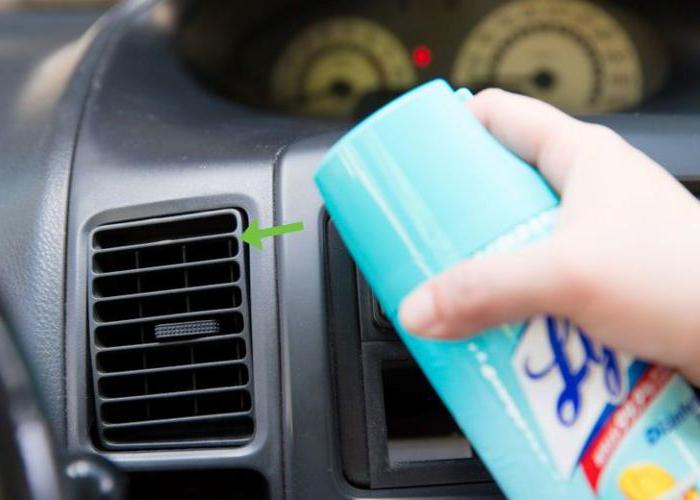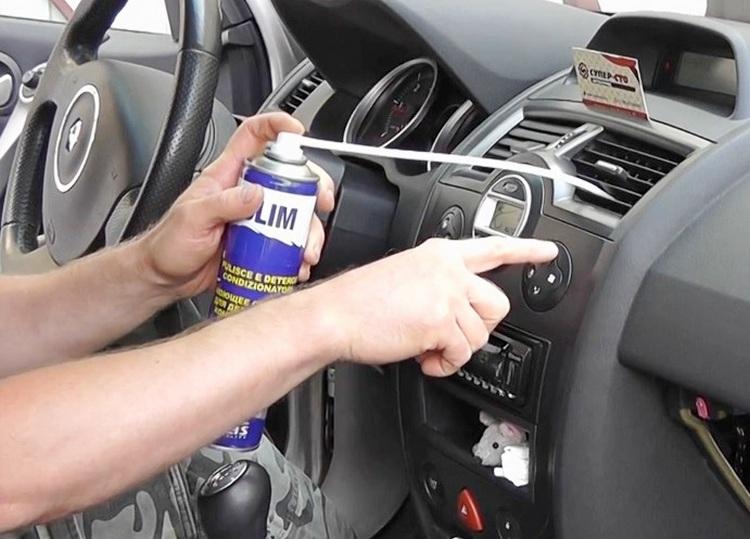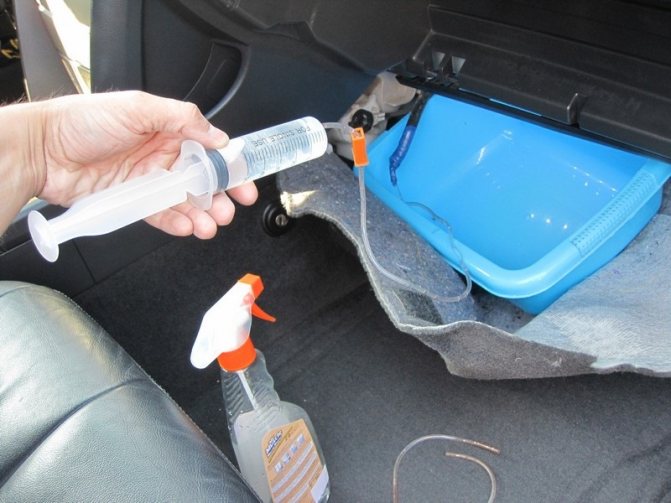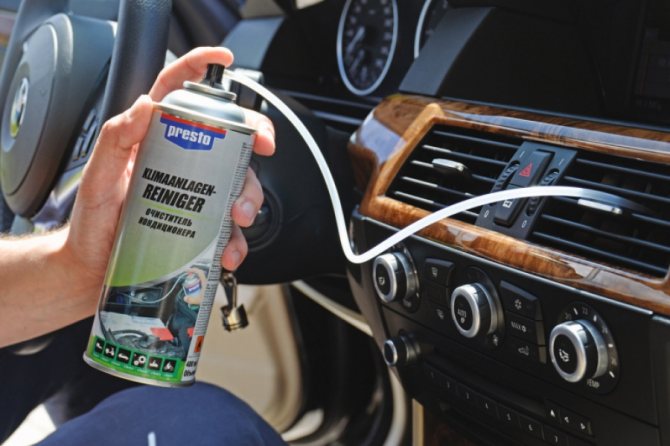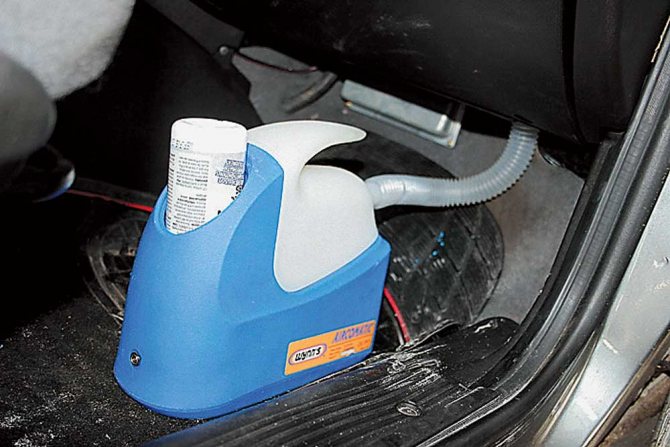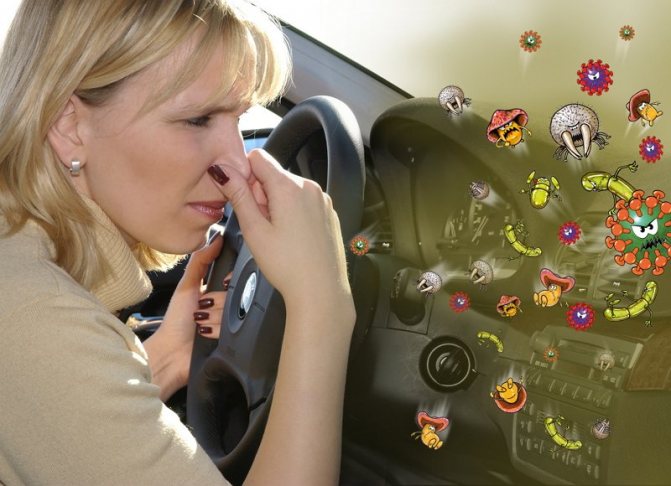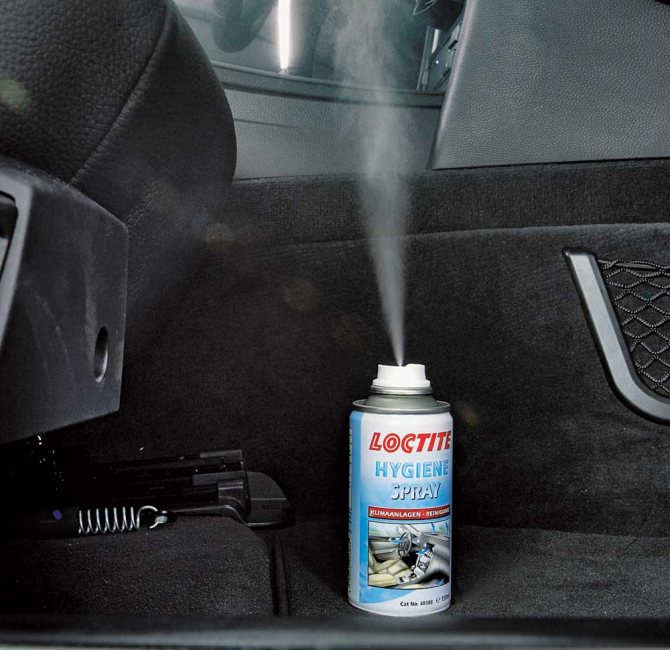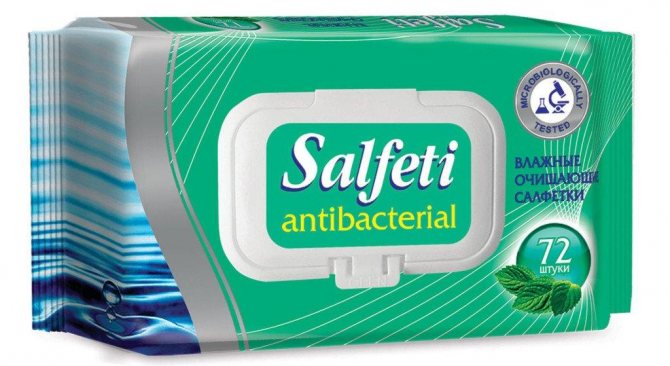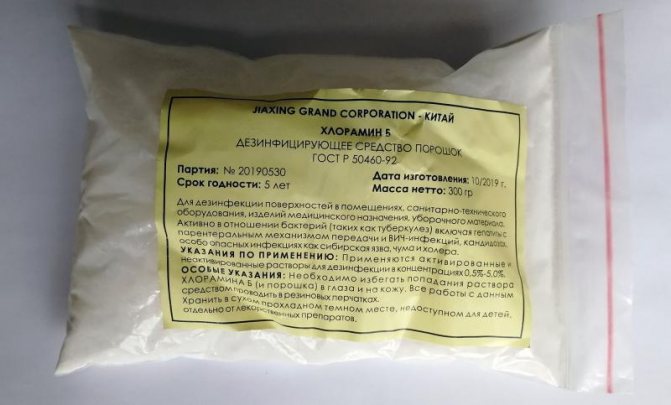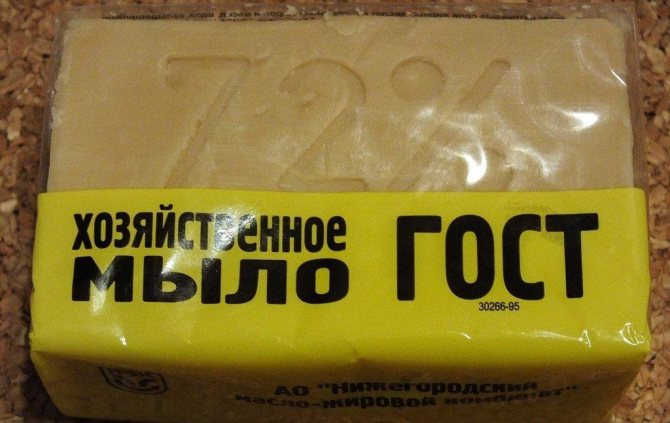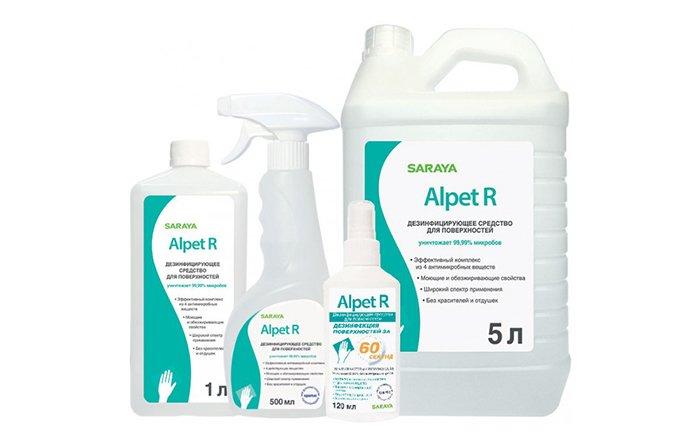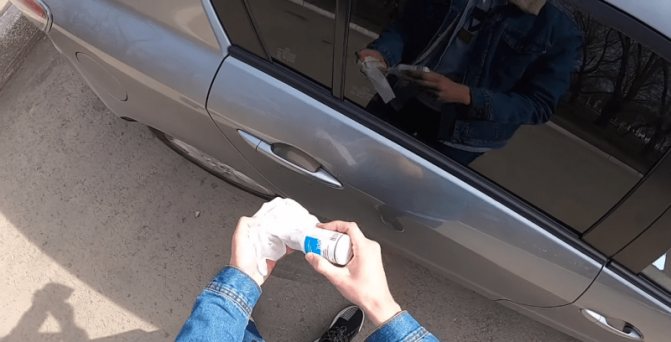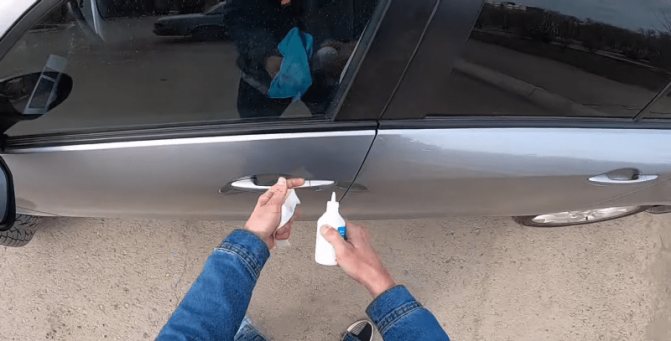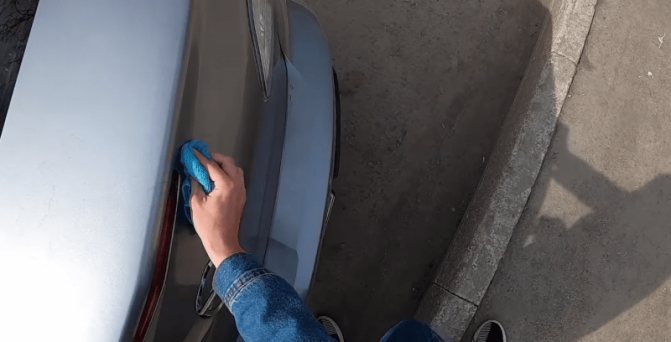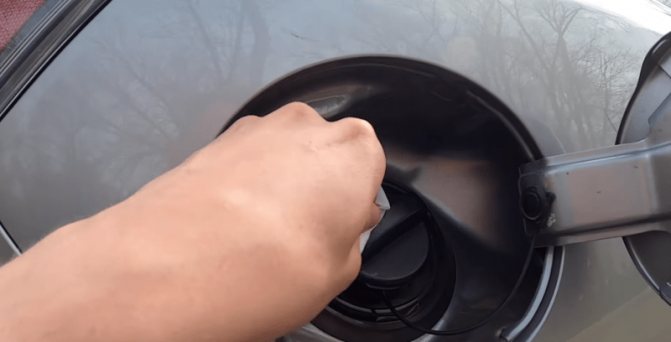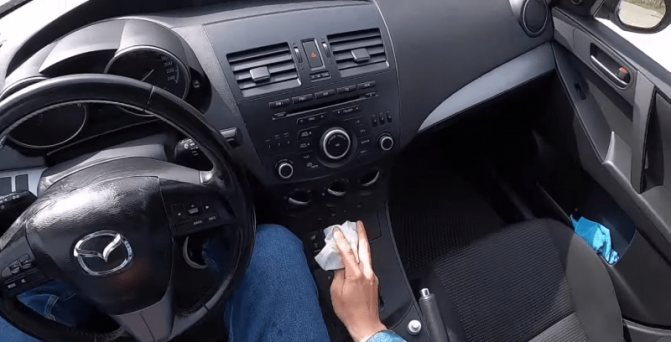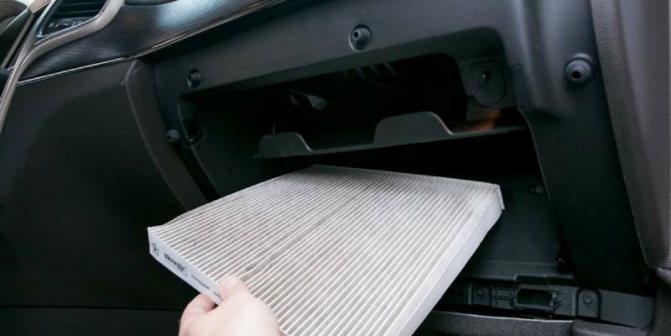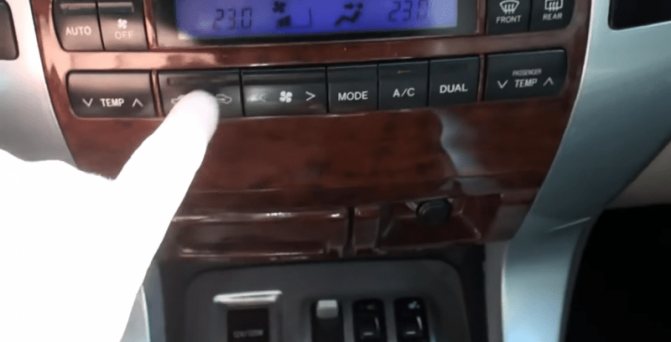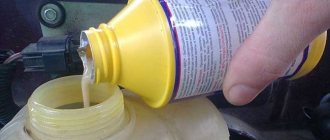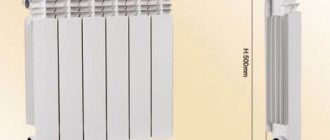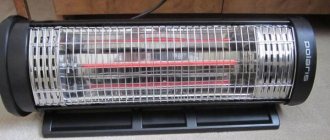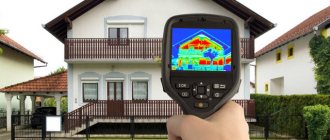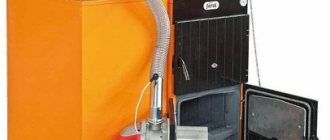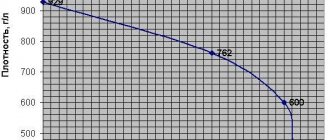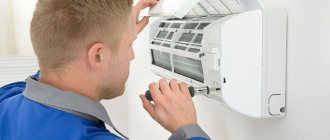A modern car is hard to imagine without such a necessary option in the summer heat as air conditioning. The cool air in the passenger compartment is especially pleasant when you have to spend a long time in the car under the scorching sun. However, you don't have to endlessly enjoy the comfortable microclimate. Over time, turning on the cooling is accompanied by the appearance of an unpleasant odor. This is the first signal that an antibacterial treatment of the car air conditioner is needed to solve the problem. In addition to the "basement" microclimate in the car, there is a danger of getting an infectious disease. So you can't hesitate with service.
Why is the air conditioner clogged?
The most vulnerable part of an air conditioning system is the radiator-evaporator. Its main task is to convert the refrigerant from a liquid phase to a gaseous state. At the moment when the process of heat exchange with air occurs, moisture condenses on the surface of the evaporator. While driving, dust, pollen and other tiny particles in the air stream that passes through the honeycomb of the heat exchanger adhere to a wet radiator.
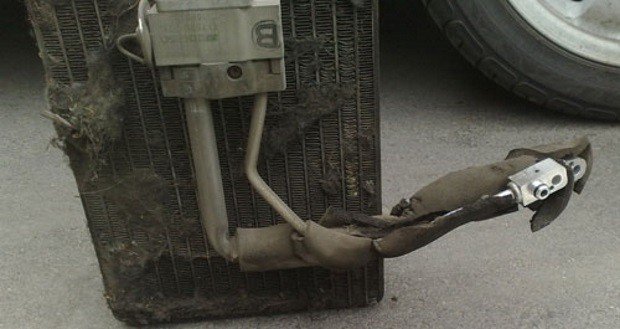
As a result, a humid environment becomes an excellent "soil" for the development and reproduction of mold and bacteria. In addition to the unpleasant odor, pathogenic microbes enter the interior with the air stream. One of the most dangerous types of diseases is legionellosis. People suffering from allergies also suffer greatly from a contaminated air conditioner. To get rid of microorganisms and unpleasant odors, the car air conditioner should be disinfected periodically.
Experiment. Does the antibacterial treatment of the air conditioner kill germs?
On the issue of antibacterial treatment of the air conditioner, there are opposite opinions among the people: some consider it useful, others do not, and still others do not know what it is at all.
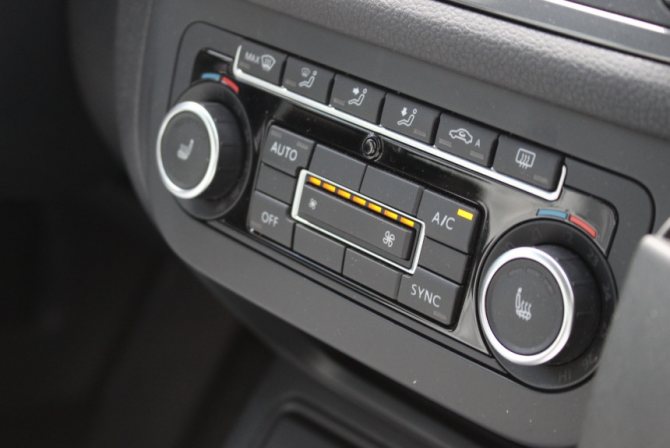

The situation with a pandemic teaches us to be more attentive to our health, and one of the factors that favorably affect the state of our body is clean ambient air. Once, together with a Volkswagen dealer, we ordered research in a scientific laboratory, where they checked for the presence of microorganisms in the air conditioning system. The service of antibacterial treatment of the air conditioner is now more relevant than ever, so we decided to recall the results of our experiment.


We set up the experiments on a real car in real conditions: we checked the "purity" of the air before and after antibacterial treatment. The car is a 2014 Volkswagen Tiguan with 41,000 km mileage, that is, not the oldest car. It happens that people drive hundreds of thousands of kilometers by car, use air conditioning, but do not clean it.
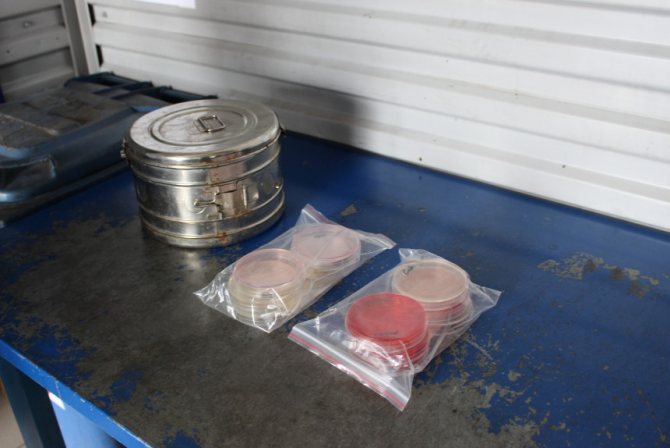

“The air conditioner system is filled with refrigerant. Under the high pressure generated by the compressor, the refrigerant enters the evaporator - the heat exchanger located in the passenger compartment, - says head of auto repair shop... - In the evaporator, the refrigerant turns from a liquid state into a gas, while it cools rapidly. Moisture forms on the ice evaporator, then it mixes with dust, which is in the air stream blowing over the evaporator. Over time, dirt builds up and forms mold, fungi and bacteria. An unpleasant odor arises, the risk of diseases increases, therefore we recommend to carry out antibacterial treatment of the air conditioner at least once a year ”.
Scientists have long guessed about the presence of pathogens of infectious diseases in the air. Even Hippocrates (456 BC)BC) believed that during epidemics the air contains special disease-causing vapors - "miasms". About 2 thousand years ago, the Roman materialist philosopher Lucretius Carus believed that every infection has special "seeds". It was only in the 19th century that the French scientist Louis Pasteur was able to prove the existence of microorganisms in the air for the first time. Through a series of experiments, he established that everywhere, and especially near human habitation, in the earth, in the water and in the air, there is an infinite number of the smallest viable microbes. Thus, in one cubic meter of Parisian air, Pasteur found up to 10,000 viable microorganisms. They surround us everywhere, are on the surface of our body, clothing and food ... They are also present in our cars.
“Microorganisms enter the atmospheric air from soil, plants, from the body of humans and animals. Some of them, under certain conditions, can cause illness in humans, says our medical consultant Nikolay Alexandrovich, a general practitioner with 18 years of experience... - At the same time, the air itself is an unfavorable nutrient medium for many microorganisms, in addition, some die quickly enough under the influence of ultraviolet rays, as well as due to a lack of moisture. Accordingly, a dark, warm and humid environment is favorable for microorganisms. And some components of the air conditioning system fit this description very well. They should be cleaned periodically. What happens if you don't clean it? Let's look at the research results. "
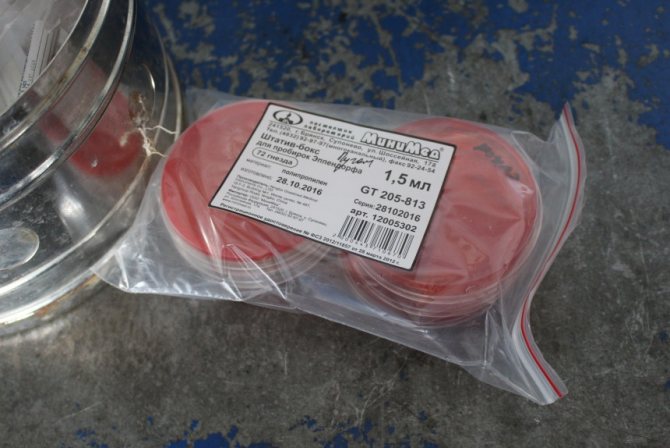

How is the research done? Before and after treatment of the conditioner, specialists use special Petri dishes. They are widely used in microbiology for the cultivation of colonies of microorganisms. To do this, they are filled with a layer of nutrient medium, on which the culture of microorganisms is sown.
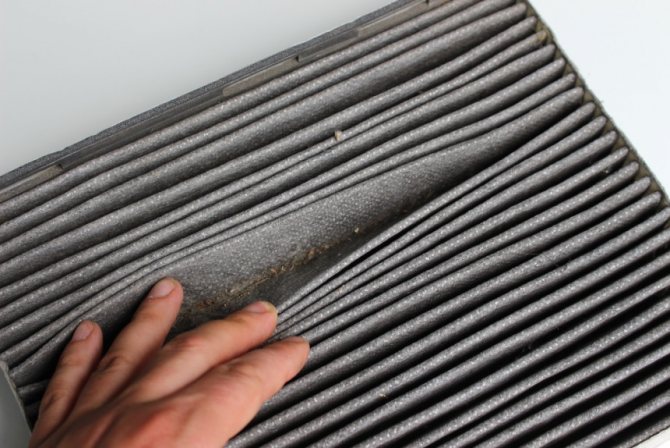

The measurement was carried out in this way: the air conditioner was turned on, the air flows were directed downward, and Petri dishes were placed on the floor for 15 minutes. After that, the service staff treated the evaporator with a special tool, changed the cabin filter. Washes in the laboratory were taken from him as well. Then the procedure was repeated after antibacterial treatment.
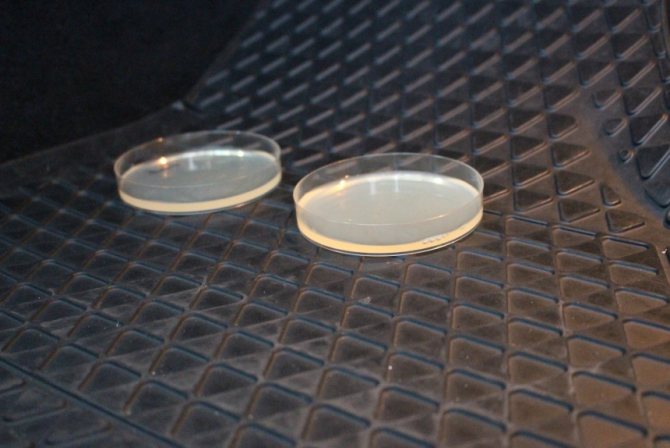

Then the cups went to the laboratory. The purpose of the experiment is to study the air environment of a car for the presence of pathogenic and opportunistic microorganisms before and after cleaning the air conditioning system. Experts have identified bacteria, Candida yeasts and molds. After the incubation time of microorganisms in Petri dishes, the number of grown colonies of microorganisms was counted.


The results are quite curious ... Molds, Bacillus spp. Were found in the air before treatment. (bacilli) and Staphylococcus aureus (Staphylococcus aureus). The washings from the cabin filter contained the same microorganisms, but the deflectors turned out to be clean. After treatment, molds disappeared from the air samples, but bacilli and Staphylococcus aureus remained, albeit in smaller quantities.
What did we find in the air of the Volkswagen Tiguan with the air conditioner on? Molds are a variety of fungi that form branching mycelium without large fruiting bodies. Molds are ubiquitous. Basically, large colonies grow in warm, humid places on nutrient media. Many molds produce secondary metabolites - antibiotics and mycotoxins, depressing or toxic to other living organisms. Some molds can cause diseases of animals and humans - aspergillosis, onychomycosis and others. Bacillus (bacillus) is an extensive (about 217 species) genus of rod-shaped bacteria that form intracellular spores. Most bacilli are soil decomposers. Some bacilli cause diseases in animals and humans.Staphylococcus Aureus (Staphylococcus aureus) is an immobile and aerobic (airborne) bacterium, the most dangerous type of staphylococcus that can cause a wide range of diseases. Normally, Staphylococcus aureus lives on the skin and mucous membranes of almost all people. But healthy people with good immunity do not get sick with staphylococcal infection, since the normal microflora suppresses the growth of staphylococcus and does not allow its pathogenic nature to manifest. But when the body's defenses are weakened, the microbe can cause various diseases, up to blood poisoning or sepsis. The microorganism is highly resistant to antiseptics and environmental factors (withstands boiling for 10 minutes, drying, freezing, ethyl alcohol, hydrogen peroxide, with the exception of green stuff).
The research results are encouraging: "It has been established that the treatment of the air conditioning system reduces the level of air contamination by 2.5 times, but does not ensure its complete release from microorganisms." At the same time, the total microbial number (TMC) decreased from 15 CFU to 6.
To make it clear, let's figure it out a bit with the terms. CFU is a colony-forming unit. An indicator characterizing microbiological "purity" or, on the contrary, the degree of bacterial contamination. It is assessed by the number of living microorganisms contained in certain volumes of the studied samples, by single germinated colonies on solid nutrient media. Contamination is the entry into a certain environment of any impurity (radioactive or toxic substance, another type or strain of microorganisms) that changes the studied or used properties of this environment.


Thus, to put it simply, the air has become 2.5 times cleaner from harmful microorganisms.
After reviewing the research protocol, we interviewed our medical consultant.
- What microorganisms have been found in the air?
- Staphylococcus aureus is one of the most common opportunistic microbes, - says Nikolai. - This means that under certain conditions, this microorganism can cause disease. If a person is healthy, he lives with this microbe, neighbors and does not get sick. But if the immune system is weakened, then Staphylococcus aureus can cause disease. For example, if it gets on damaged skin, then wound suppuration may occur. If it gets into the gastrointestinal tract, then the staphylococcus endotoxin can cause diseases, popularly called "poisoning", and if it enters the respiratory tract - a number of other diseases. It all depends on the ratio of the concentration of this microorganism and the state of human immunity. If a person is weakened, sick, of old age or childhood, then under certain conditions the so-called opportunistic microorganisms can cause diseases. As for the rest of the microorganisms, what kind of bacilli were found is not indicated in the protocol, spp is an abbreviation for the Latin species, that is, "species". Also opportunistic microorganisms. And molds are dangerous in and of themselves. Everything is dangerous, it cannot be said that something is more dangerous. We repeat once again: the concentration of these microorganisms in the air and the state of human immunity are important here.
- Nevertheless, the treatment did not allow to completely clean the air of the car interior from microorganisms ...
- The fact that air pollution is reduced by two and a half times is good. This suggests that the antibacterial treatment of the air conditioner is working. After all, in order to completely kill microorganisms, you need to completely sterilize the air conditioning system. Figuratively speaking, it is necessary to dismantle the entire system and immerse it in a sterilizing agent. For example, 96 percent alcohol. Or be treated with high temperatures, harsh chemicals or ionizing radiation.But it is corny expensive, nobody does it. And in any case, microbes are everywhere in the air around us. They are older than us. As they have adapted to us, so we have adapted to them. You did antibacterial treatment, but, for example, one colony survived. And the microbes begin to multiply again. Complete sterilization cannot be achieved. If the environment is favorable, then they begin to recover their numbers. It is impossible to completely disinfect the air conditioning system. If only you drive in Antarctica with the stove turned off ...
- That is, the point of processing is that we simply reduce the concentration of dangerous microorganisms?
- If you do not wash the air conditioning system for years, so many microorganisms will grow there that they will be able to harm the health of even a person with strong immunity. This is especially true in hot climates that favor the natural growth of microorganisms. We have a winter, during which there is a natural decontamination of the air conditioning system. In the cold, the processes of vital activity and reproduction of microorganisms slow down. Cold is also a factor in reducing the number of microorganisms. They do not multiply, do not grow. But microbes are also not stupid - evolutionarily they have adapted to the cold and are able to wait it out. As soon as winter is over, microorganisms begin to multiply again. This is not to say that the car is absolutely sterile after winter. In the spring, microorganisms wake up, get out of the spores - and begin to multiply actively. And the unpleasant odor comes from the same place: the waste products of bacteria smell.
- Do you carry out antibacterial treatment of the air conditioner in your car and how often?
- Flushing the system is very useful, it's like cleaning a house. Nobody wants to sit in dust, it is harmful to breathe all this dirt. Processing is carried out once a year, in April or May. The research results even more convincing of its necessity: the reduction of air contamination by two and a half times is a good result. And if you have not washed the system for years and continue to use it, then I recommend that you take care of this issue.


A car in a pandemic is your safety, as it allows you not to use public transport. But the main thing is not to forget to disinfect the controls, as well as everything we touch with our hands. Experts advise to ventilate the premises. Antibacterial treatment of an air conditioner is, in fact, the same ventilation, since we make the air in the car cleaner. This is what was required to be proved in the framework of the experiment.
You can sign up for the antibacterial treatment of your car air conditioner at your authorized Volkswagen dealer. At the moment, there is a 30% discount on antibacterial treatment, diagnostics, repair and refilling of the air conditioner. For details of the promotion, call +375 44 595 41 57.
* as advertising
Methods for cleaning a car air conditioner
When it comes to cleaning the air conditioning system, it turns out that there are certain difficulties that do not allow you to do everything yourself. Employees of specialized car services strongly recommend doing a complete cleaning of the air conditioner annually. However, a comprehensive cleaning of a car air conditioner should be carried out only at a service station, which has special equipment. This is due to the fact that the air conditioning system is closed and sealed. Any intervention by the car owner will lead to a violation of airtightness, evaporation of the refrigerant. Without the intervention of the auto center wizards, it will not be possible to eliminate these problems. In the process of professional cleaning, the dismantling of radiators and pipelines is carried out, chemical treatment of the entire system is carried out, the refrigerant is changed.
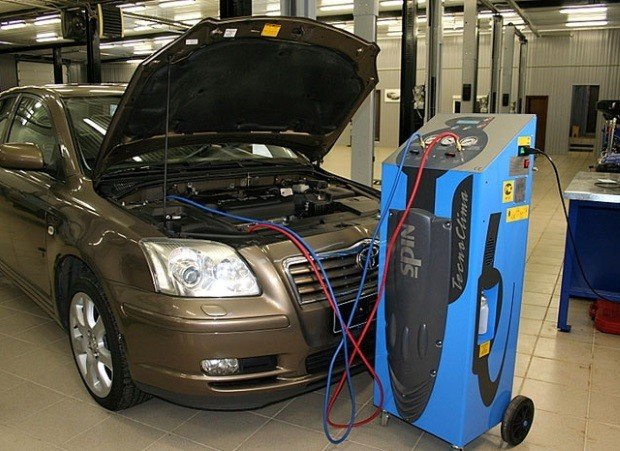

Nevertheless, some nodes can be serviced by motorists themselves. For example, cleaning the outside of an air conditioner evaporator is quite simple, albeit painstaking. It is enough to perform a simple treatment once every six months to keep the air conditioner in good condition. It is best to carry out maintenance before the start of the hot season and at the end of autumn. To make it easier to remove adhering dirt, the car owner can use special cleaning agents.
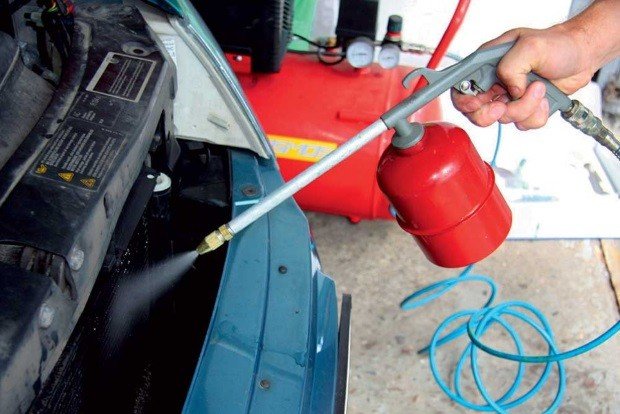

Choosing a purifier
The modern market offers a fairly wide range of all kinds of cleaning products. If we talk about specific manufacturers, then experts recommend paying attention to aerosols from Liqui Moly Klima Fresh. According to reviews, the whole process of using it, together with airing the car, takes about 30 minutes, if, of course, you follow the instructions correctly.
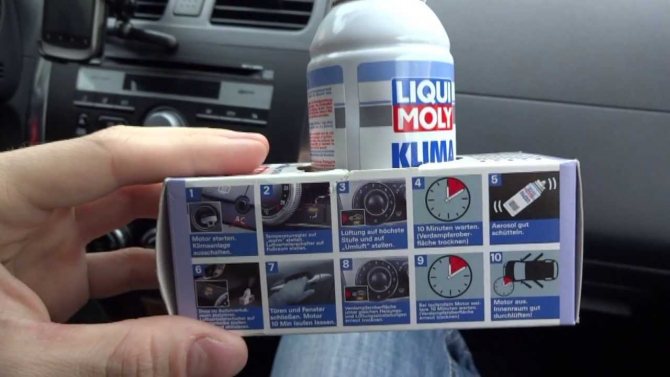

Foam products from Henkel can also be called quite effective in their own way. The brand also makes water-based aerosols that help clean air passages without corroding the metal.
We recommend: How to wash a car engine yourself at home
Another very popular cleaner is produced by the American manufacturer Step UP. It is a foam product that comes with a drainage tube and is excellent at removing odors and germs. In terms of the number and content of reviews, the Step UP foam cleaner for car air conditioning is very popular among domestic motorists.


Also noteworthy are aerosols from Mannol Air-Con Fresh. These products are perfect not only for cleaning accumulated dirt, but also for preventing the appearance of mold and mildew. The whole procedure together will take 10 minutes, and all you have to do is ventilate the salon. Decent options can be funds from Kondiklin CRC Airco Cleaner, PRESTO Klimaanlagen-reiniger.
Few people know that in addition to professional care products for the air conditioner, it can also be cleaned by handymen. For example, the same chlorhexidine in Kondiklin is freely available at the pharmacy. At the same time, self-preparation of the solution will significantly reduce the cost of cleaning the air conditioner with your own hands.
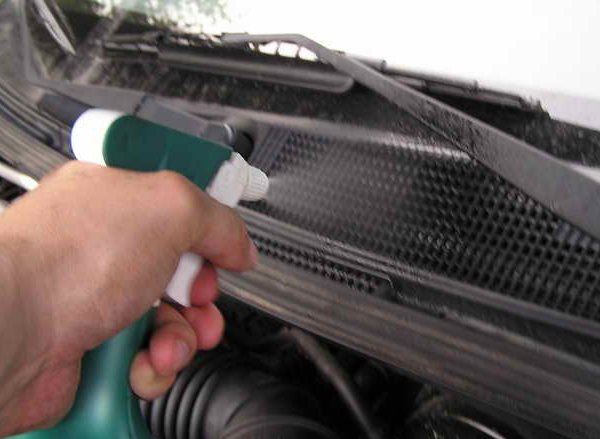

Chloramine B powder is also quite suitable - it is used to disinfect various household items. The choice of a cleaner depends only on your financial capabilities, as well as the choice of cleaning agents available to you.
Do-it-yourself disinfection of the air conditioning system
To independently clean the car air conditioner from accumulated microorganisms, you should use one of the antibacterial compounds. An example is the disinfection of the system with CONDICLEAN. It is a special spray that is designed to remove bacteria, fungi, germs and viruses from closed systems. This composition not only eliminates mustiness in the air conditioner, but also perfectly disinfects surfaces that come into contact with condensate.
The cleaning technology looks like this.
- First you need to remove the cabin filter from the car.
- Then the car engine starts and the air conditioner turns on at minimum power.
- After that, an antibacterial aerosol should be sprayed into the duct for 20 seconds. It is best to aim the CONDICLEAN jet directly at the rotating fan.
- The car must be turned off immediately, all windows in the passenger compartment must be closed. Leave the car in this state for 20 minutes.
- The engine starts again, the windows open, the air conditioning system is turned on at maximum speed.
- After 5 minutes of active ventilation, the air conditioner will be cleaned.
Experienced drivers recommend that you develop a certain habit that will prevent the smallest particles from accumulating on the evaporator.When a few minutes remain before the car's arrival point, turn off the air conditioner. The piping and the evaporator will dry out due to the influence of the warm outside air. In this case, dust cannot adhere to the dry surface.
It is pleasant to be in a car with a working air conditioner in hot summer. It is only necessary to periodically disinfect the system, remove debris and dirt from the radiator surface. Then you will have to contact the service station specialists much less often.
DIY step-by-step instructions for disinfecting a machine
In order to independently protect yourself from coronavirus, you should:
- Disinfection of the body.
- Salon treatment.
- Cleaning the ventilation system.
Video: processing a machine from coronavirus
Published on the channel "Alexey Epischenko".
What is needed
To treat the body and interior against viruses and bacteria, the following was used:
- chlorhexidine;
- antibacterial wipes.
List of materials required for disinfection of the ventilation system:
- 500 ml chlorhexidine;
- 500 ml of purified water;
- spray or spray bottle.
Table: disinfection of the car body
| Photo | Stage |
| Apply the product to a napkin |
| Wipe the handles for opening all doors and grip points |
| Clean the trunk release button |
| Treat the flap and the cover of the gas tank |
Table: how to disinfect a car interior?
| Photo | Stage |
| Moisten a cloth with chlorhexidine and wipe the steering wheel and all buttons on it |
| Treat all keys and controls on the center console |
| Wipe the gearbox selector and the parking brake lever |
| Clean all air ducts |
| Wipe down the door opener handles and door cards |
| Treat all windows |
Table: how to disinfect the ventilation system in the car?
| Photo | Stage |
| Mix solution |
| Remove the cabin filter |
| Switch on the "outside air intake" mode and set the maximum fan rotation level |
| Using a spray bottle, apply all the solution to the air intake grille |
It's important to know
After processing the ventilation system, you must open the car doors and ventilate for 10-15 minutes.
Car air conditioning cleaning, what is it like?
Disinfection or, more simply, cleaning a car air conditioner, can be either manual or mechanical. The latter provides for the disassembly of the entire air conditioner, followed by cleaning of all contaminated areas with the possibility of replacing the refrigerant. This type of cleaning takes a lot of time and effort, and also requires certain knowledge and tools. It should also be noted that this cleaning option is used only in extreme cases, for example, when the car is old or when the air conditioner requires an integrated approach.
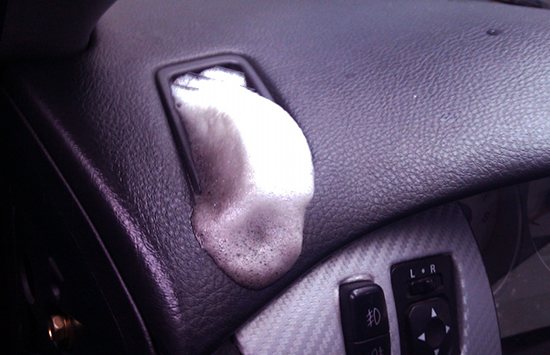

The second option is partial cleaning or antibacterial (chemical) treatment. This method provides for cleaning the condender from bacteria without removing and disassembling, that is disinfection of a car air conditioner carried out directly in working order. Foam or spray is launched into the air ducts, which cleans the system from dirt and bacteria. This option is often found at various stations that specialize in this type of work or are replaced by detailing. Also, if you have "straight hands" and an unquenchable desire, this work can be done at home, that is, with your own hands.
Option three - ultrasonic cleaning of a car air conditioner. Such a cleaning principle can hardly be done at home, since it requires special equipment. equipment that is only available at special stations. Ultrasonic cleaning of a car air conditioner is carried out using a special apparatus that is installed in the car.A finely dispersed suspension is launched through the air conditioning system, which, in recirculation mode, cleans the air conditioner from harmful bacteria and microorganisms.
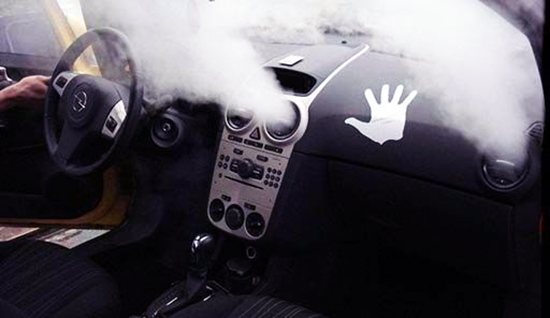

The fourth option is steam cleaning the air conditioner. The principle is simple - hot steam with an antibacterial agent is launched into the air ducts to clean the air conditioner. Steam and chemicals kill germs and cleanse the system, making it clean and safe for us.
What's happening
The evaporator of the air conditioner, through which the heated air is driven in heating or cooling mode, is the most active "supplier" of an unpleasant odor, and, quite unfortunately, bacteria and microorganisms directly into the car interior. In air conditioning mode, condensation forms on the evaporator and dust adheres to it. When the air conditioner is turned off, pathogenic flora begins to develop in this layer. The temperature regime of the evaporator never leads to their death. This applies to all air conditioning systems without exception. On average, the time of formation of an unacceptable level of emission of polluted air is from six months, depending on the intensity of use of the air conditioning system.



